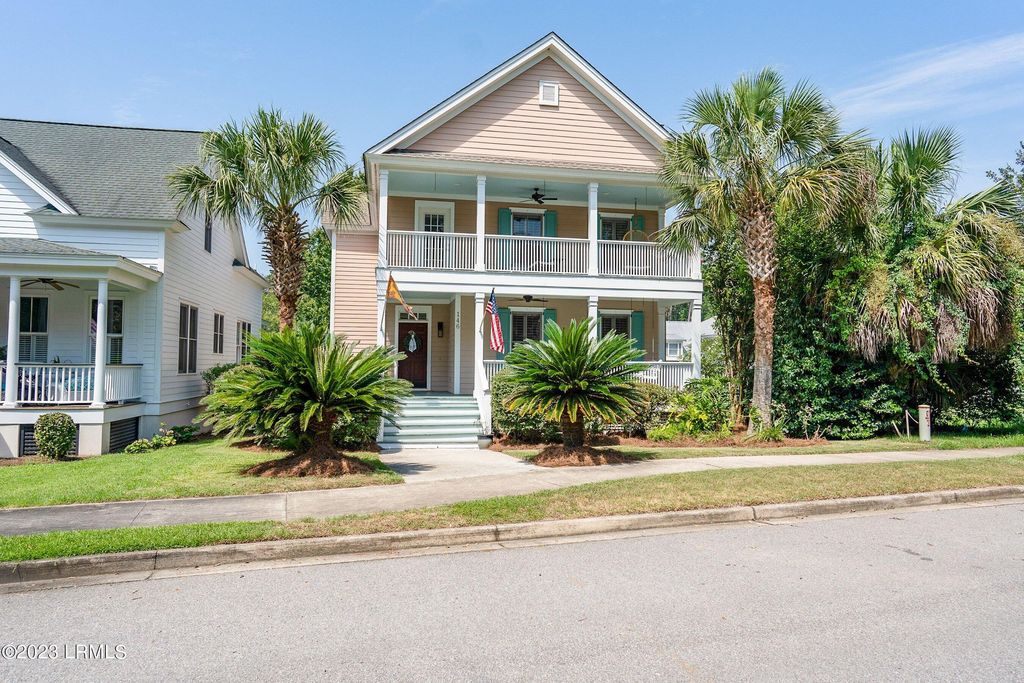From Beachfront Cabins To Urban Lofts: The Allure Of Vacation Rentals
When Sarah and Tom first booked a two-bedroom cottage overlooking the cliffs of Big Sur, they weren’t just looking for a place to sleep. They were seeking an experience—one that no hotel could quite offer. Morning coffee on a private deck, a kitchen to cook local finds from the farmer’s market, and the freedom to settle in, even if only for a few days. For them and millions of others, vacation rentals have become the new gold standard in travel.
Once a niche market filled with quirky listings and handwritten notes taped to fridges, the vacation rental industry has transformed into a polished, tech-driven ecosystem. Platforms like Airbnb, Vrbo, and Booking.com have redefined how travelers explore the world, and how property owners connect with them.
But what’s behind the growing appeal of these temporary homes? And why are more individuals choosing to invest in vacation rentals as both a lifestyle upgrade and a financial strategy?
A Shift in How We Travel
Travel habits have evolved. In the past, trips often revolved around rigid itineraries and chain hotels. Today, people crave more authenticity. They want to feel like locals, even if just for a long weekend.
Vacation rentals offer that sense of immersion. Whether it’s a treehouse in the Smoky Mountains, a canal-side apartment in Amsterdam, or a minimalist desert hideaway in Joshua Tree, these homes provide a level of personality and place that a standard hotel room can’t match. You’re not just renting a bed; you’re stepping into someone’s design choices, neighborhood, and way of living.
This shift has been accelerated by the pandemic, which pushed travelers toward self-contained accommodations where they could control their environment. Even now, with travel fully rebounded, that preference hasn’t gone away.
The Numbers Tell a Story
In 2023, the global vacation rental market was valued at over $80 billion, with projections suggesting it could top $120 billion by 2028. That’s no small jump. Driving this growth is not only consumer demand but also the increasing interest of individual and institutional investors.
Unlike long-term rentals, vacation homes can yield significantly higher nightly rates, especially in high-demand locations. Cities with natural attractions—think mountain towns, coastal villages, and cultural hubs—often see rental occupancy rates that rival traditional hotels. With the right management and marketing, owners can generate impressive returns.
This has led many real estate enthusiasts to invest in vacation rentals not just as a side hustle, but as a long-term strategy for wealth building and portfolio diversification.
The Double Life of a Property
One of the most appealing aspects of owning a vacation rental is its dual identity. It’s both an income-generating asset and a personal retreat. Owners can block off dates for their own use, turning business into pleasure at will. This flexibility is something traditional rental properties rarely allow.
Of course, success doesn’t come automatically. Today’s travelers expect thoughtful design, modern amenities, and easy communication. Gone are the days when a mismatched couch and scratchy towels would pass muster. The most successful hosts treat their rentals like boutique hotels—down to the welcome notes and local recommendations.
This has created a whole sub-industry of property managers, interior designers, and even photographers who specialize in making short-term rentals shine. If done well, a vacation rental can become more than a passive investment—it can be a brand.
Risks and Rewards
Like any investment, vacation rentals come with their share of risks. Local regulations can change quickly, with some cities capping the number of nights a home can be rented or requiring pricey licenses. Platforms may adjust their algorithms or fee structures, impacting visibility and profitability. And while income potential is high, so are expenses—think cleaning crews, utilities, insurance, and maintenance.
Yet many find the balance worthwhile. According to a 2023 survey by AirDNA, properties in top-performing vacation markets saw average annual revenues between $40,000 and $90,000—more in some premium destinations.
It’s no wonder more people are choosing to invest in vacation rentals, especially in areas they already love visiting. It’s a tangible, livable investment, one that feels less abstract than stocks or crypto. You can walk through it, improve it, and even make memories in it.
Future-Proofing Your Investment
So what makes a vacation rental stand out?
Location still reigns supreme. Proximity to natural attractions, walkable towns, or unique experiences will always drive bookings. But beyond that, smart hosts are leaning into design, eco-conscious features, and strong storytelling. A well-written listing, beautiful photos, and stellar reviews can be the difference between a booked-out calendar and an empty home.
Technology is also playing a bigger role. Keyless entry systems, smart thermostats, automated messaging, and dynamic pricing tools are becoming the norm. These innovations not only make life easier for guests but help owners streamline operations and maximize earnings.
Final Thoughts
Vacation rentals are more than a trend—they’re a reflection of how people want to experience the world: on their own terms, in unique spaces, and with a sense of connection to the places they visit.
For travelers, the benefits are clear. For investors and homeowners, they represent an opportunity to blend business with lifestyle. Whether it’s a rustic cabin in Vermont or a sun-drenched villa in Spain, the right vacation rental can offer something rare—a space that earns money while enriching lives.
As long as people continue seeking stories instead of souvenirs, the appeal of vacation rentals will only grow stronger.



















